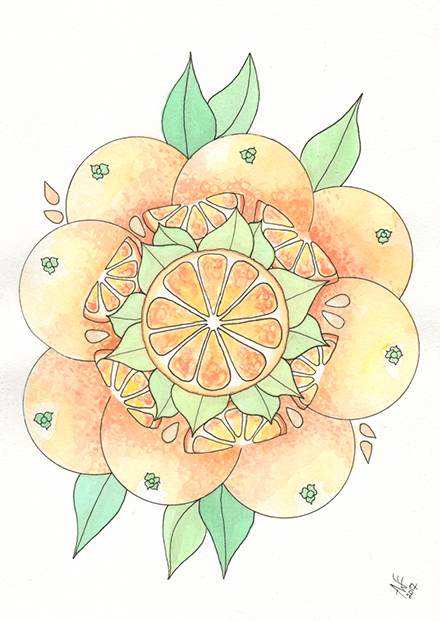spring 2018
Table of Contents
Return to Home PageIntroduction
Ice Skating in Holland Carol Hamilton
Naming![]() Cow Field
Cow Field![]() Danielle Hanson
Danielle Hanson
The Path Discoverer![]() Taylor Bond
Taylor Bond
Like André Derain![]() David R. Dixon
David R. Dixon
drowning man is not a superhero![]() Aidan Chafe
Aidan Chafe
Synonyms For Shelter![]() Jill Talbot
Jill Talbot
He Ring Liar's Dice Confluence Derek Thomas Dew
Push![]() Armamentarium
Armamentarium![]() Adrienne Gruber
Adrienne Gruber
First Ultrasound![]() Second Ultrasound
Second Ultrasound![]() Stephanie Yorke
Stephanie Yorke
Cracked Fabergé Egg Of Yes![]() Lauren Turner
Lauren Turner
Dear Chepe![]() Wilbur
Wilbur![]() Melissa Weiss
Melissa Weiss
Grim Reaper in Therapy![]() Brandon Marlon
Brandon Marlon
Never the Desired Absence![]() Nick Alti
Nick Alti
Sea Room / The Adrift![]() Exhibit / Queer
Exhibit / Queer![]() Lynx
Lynx![]() Joseph Spece
Joseph Spece
an understanding![]() Natasha Zarin
Natasha Zarin
Trump As a Fire Without Light #665![]() Darren C. Demaree
Darren C. Demaree
Wet Parable![]() Duck
Duck![]() Carver
Carver![]() Nathan Curnow
Nathan Curnow
Introduction
Pull up a chair, dear reader, or roll out a blanket with your favorite snack. Our snack choice? An orange, obviously! We’re thrilled to have you with us as we celebrate the Spring 2018 issue of The Maynard—and the journal’s 10th birthday!
Over the past decade, The Maynard has thrived through periods of hibernation and revival, has had editors and interns come and go, has redesigned its pages and layout, and added new features and content. Throughout its evolution, The Maynard’s mainstay mandate has been to craft welcoming spaces for emerging and experienced writers from Canada and around the world, while striving to feature work that challenges perceived boundaries (lyric, narrative, etc.) of the written word. Rather than themes, each issue of The Maynard showcases artistic conversations represented via shared and disparate aesthetics, subjects, and styles. This editorial choice affords us freedom, opportunity, and responsibility as we dive in and give way to editorial wonderlands. Throughout the reading process we straddle the particular and the general, the true and the untried. We read each poem on its own terms, imagining how it may find a place at the communal feast that becomes the next issue. For us, this process—which begins in the microcosm of each poem and gradually builds toward the macrocosm of an issue—is most appealing and stimulating, enabling us to offer stage to innovative and idiosyncratic voices. This issue, like the others since 2008, maintains The Maynard’s commitment to publish work that challenges both languages’ and readers’ perceptions.
Let’s take in the Spring issue’s cover. Starting with the Fall 2013 issue, each of our covers has featured an orange—our totem fruit and mascot. The orange’s globe, containing delectable wedged sections, is suggestive of how we think about The Maynard—a journal-house, containing poems that build the rooms and interior spaces of an issue. Sable Awesome’s citrusy mandala, “Mandaloranges,” which graces the Spring 2018 cover, makes explicit our concept of whole and part.
A scant five years ago, the Fall 2013 issue marked The Maynard’s inclusion of poets reading their work. Look for poems with tiny speakers next to them (there are 27 in this issue!) to take in the audio versions. The recordings add dimension to the poetic experience. Read, then listen, then follow along while listening; repeat, receive, revel, reflect, refract, and enjoy!
One of the opportunities listening to the poems offers is access to tone and voice, and with these, attitude and humor. We hope you agree that humour is one of the most rewarding and difficult elements to pull off in a poem. We’re happy when we discover humour in our reading and selection process. This issue contains a strong dose of humour’s nuances. Listen to Melissa Weiss’ poems; imagine the comedy of relationships gone awry. With your funny bone primed, read Holly Day’s “At the Aquarium,” which unfolds at a jellyfish tank. From there, read and listen to Brandon Marlon’s satiric confessional, “Grim Reaper in Therapy.”
Some of the poems featured, like Louise Carson’s “Crickets,” are explicit, insightful interrogatives. Others, like Danielle Hanson’s “Naming,” unfold and express at the level of implication, encouraging us to consider the limitless possibilities of referential language. Bernard Wills’ “Blind Haikus” does something similar, toying with certainties, absence, and presence. Joseph Spece complements such questions with added emphases on form and spacing. Taylor Bond summons an oracle in her poem, “The Path Discoverer,” inspired by Native South American folklore. Each of these poems questions political position and personal power.
There’s much more in the issue—from parables to ultrasounds; from superheroes to sly digs on Trump. Take your eyes and ears on a visit to The Maynard. Discover for yourself.
Happy reading,
Nick Hauck, Jami Macarty, & Ram Randhawa
Editors, Spring 2018 issue
The Maynard

